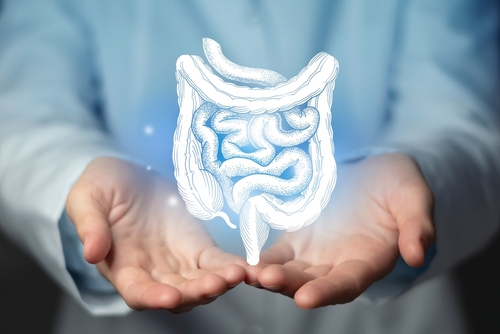Diagnosing Clostridioides difficile infection (CDI) presents several challenges. Two reference assays, the cell cytotoxicity neutralization assay (CCNA) and toxigenic culture (TC), are considered standards for CDI detection, but each has drawbacks. CCNA can be affected by suboptimal storage leading to toxin degradation, while TC may falsely elevate CDI detection rates as it cannot distinguish between CDI patients and those asymptomatically colonized by toxigenic C. difficile. To address these diagnostic limitations, international guidelines (IDSA/SHEA and ESCMID) recommend multi-step algorithmic testing to improve accuracy. A 2018-2019 survey in Europe indicated that most hospital sites use more than one test to diagnose CDI. The incidence rates of CDI are also influenced by sample selection criteria, as restricting testing to only unformed stool samples can lead to missed cases due to lack of clinical suspicion. Given the imperfections of current CDI diagnosis methods, there is increasing interest in alternative strategies like fecal microbiota biomarkers, immune-modulating interleukins, cytokines, and imaging methods. While these alternatives may serve as adjuncts to existing tests, they are not yet viable replacements for conventional CDI testing strategies.
Reference: van Prehn J, Crobach MJT, Baktash A, et al. Diagnostic Guidance for C. difficile Infections. Adv Exp Med Biol. 2024;1435:33-56. doi: 10.1007/978-3-031-42108-2_3. PMID: 38175470.









